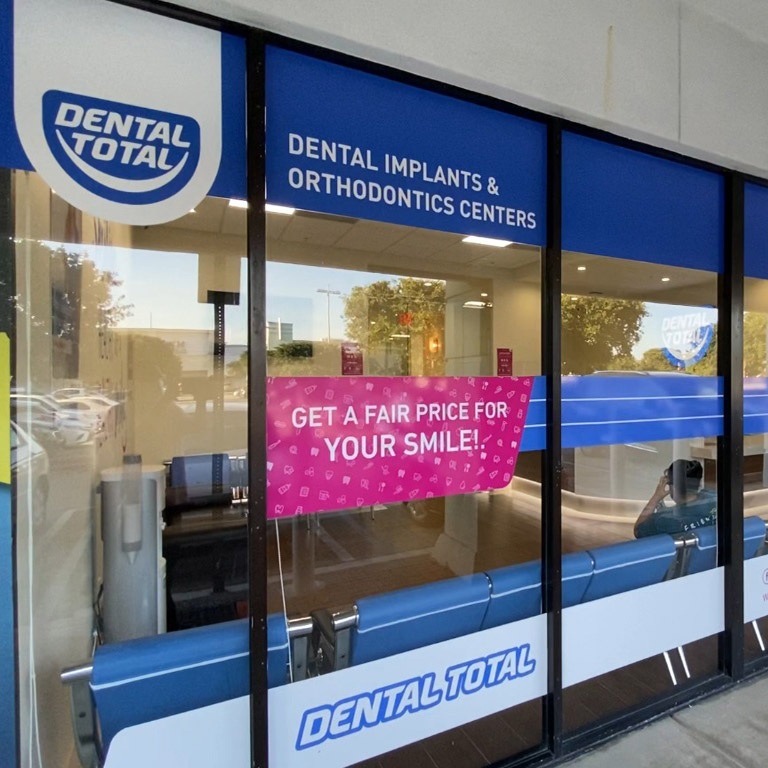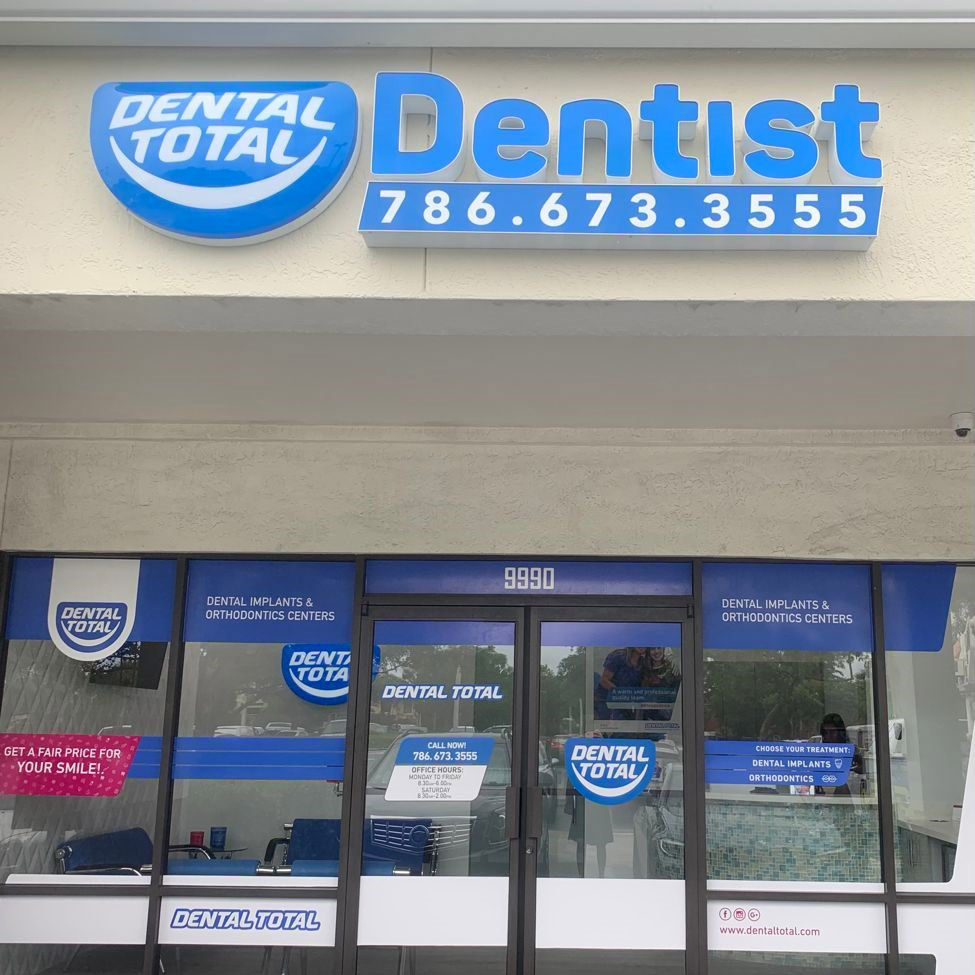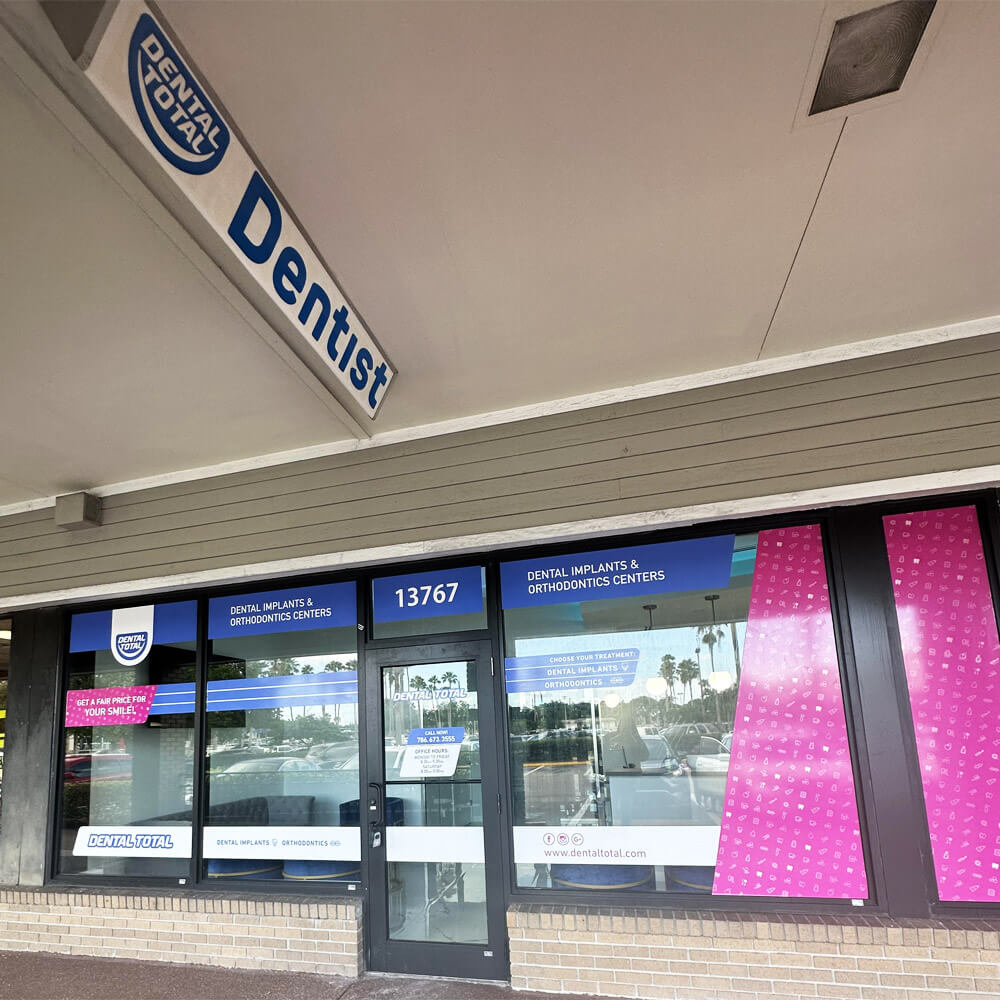Although dental braces were designed for children and teenagers, they are very popular among adults, too. It is never too late for an enhanced smile. With a rising demand for procedures to straighten the teeth, available therapies are on the rise, too. Patients are no longer limited to the traditional metal or clear porcelain dental brackets. Now there is also the option of Invisalign® trays; a distinct option to straighten your teeth.
We create orthodontic and Invisalign® devices for patients of all ages. Our orthodontists specialize in orthopedic appliances, teeth alignment and bite correction, using only the best materials and state-of-the-art techniques.
We know that comfort is key, so we offer all primary and secondary orthodontic therapies at one sole place. You can have your cleanings, extractions, teeth whitening and other related therapies at one same dental clinic. Dental Total provides affordable orthodontic treatment, offering free orthodontic consultation to first-time patients, as well as special financing options.







